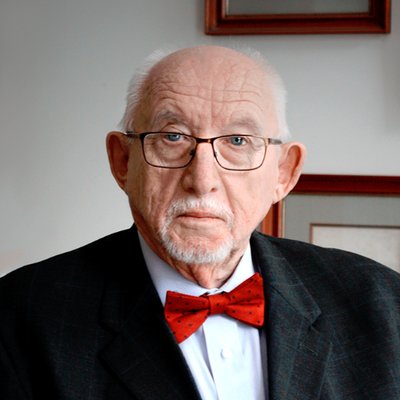This is a horror story.
It is a story of unmitigated suffering and death from despair. It is the story of our veterans, who are 57 percent more likely to take their own lives than those who haven’t served their country.
Every day in the United States, an average of 17 veterans commit suicide. Those who have served in special combat force units, like Navy SEALS, are a little more likely to die this way than regular forces.
These veterans are suffering and dying in plain sight. Veterans, whether they have seen action or not, are ending lives by their own hands — hands that willingly took up arms to serve.
There is a clear and present crisis in the deaths of those who have borne the battle, heard their country’s call, and who die, often alone in despair.
Around Veterans Day, we remember them, but what do we know of them?
More veterans have taken their own lives in the last 10 years than died in the Vietnam War. Frank Larkin, chairman of Warrior Call, an organization that asks anyone who knows a veteran to call them from time to time and ask, “How are you doing? What do you need? Can I get help for you?” But primarily to convey the comfort of knowing “you are not alone.”
However, the problems are beyond loneliness and the well-known precursors to suicide: drug abuse, alcoholism, joblessness and broken relationships.
New research shows that what ails these sad heroes isn’t just psychological and moral despair but physical brain damage — minute tears in the brain that CT scans don’t pick up.
A leading researcher into brain injury and concussion, Dr. Brian Edlow, professor at Harvard and associate director of the Center for Neurotechnology and Neurorecovery at Massachusetts General Hospital, said these tears are only discovered in postmortems when the brain tissue is put under a powerful microscope.
The cause of these tears, Edlow told guest host Adam Clayton Powell III in a special Veterans Day episode of the television program “White House Chronicle,” are blasts that troops experience on the battlefield and in training — massive concussive blasts, over and over again. Those concerned emphasize that the victim doesn’t have to see combat to suffer damage, it happens in training as well.
Sometimes the tears are a result of a physical head injury like a soldier’s head hitting the inside a tank or a blast throwing a soldier against a wall. Still, mostly it is the shockwave, according to Edlow.
“Just to appreciate the scope of this problem, if you look at the post-9/11 generation, those who answered the call to serve after September 11, 2001, over 30,000 active-duty and veteran military personnel have died by suicide during that time period, which is four times more than the number of active-duty personnel who died in combat,” he said, adding that the “extent of the suicide problem is humbling.”
Larkin said that two-thirds of those who commit suicide have never been to a VA hospital or sought institutional help.
For Larkin, the story is personal. His son Ryan, a decorated Navy SEAL who served for 10 years with four active-duty deployments in Iraq and Afghanistan, was a suicide.
Ryan returned from active duty a changed young man, 29 years old. He was moody, didn’t smile and showed classic signs of depression. His family couldn’t get him out of it, and his brain scans were negative. After a year, he took his own life.
Earlier, Ryan had asked that his body be used for medical research. Postmortem diagnosis at Walter Reed National Military Medical Center revealed substantial brain damage that wasn’t detectable during the year before his death, his father said.
“The system didn’t know what to do and it defaulted toward psychiatric diagnosis,” Larkin said.
Referring to scans and other techniques now in use to examine the brain, Edlow said, “We simply are not accurate enough to detect these sub-concussive blast-related injuries.”
Ryan’s tragedy is repeated 17 times a day — and that figure doesn’t account for those who die in deliberate accidents and are otherwise not reported as suicide, Larkin said.
While medical science and the military catch up, all we can do, as Larkin said, is to check on a veteran, any veteran. You could save a life, bring a man or woman back from the precipice.


